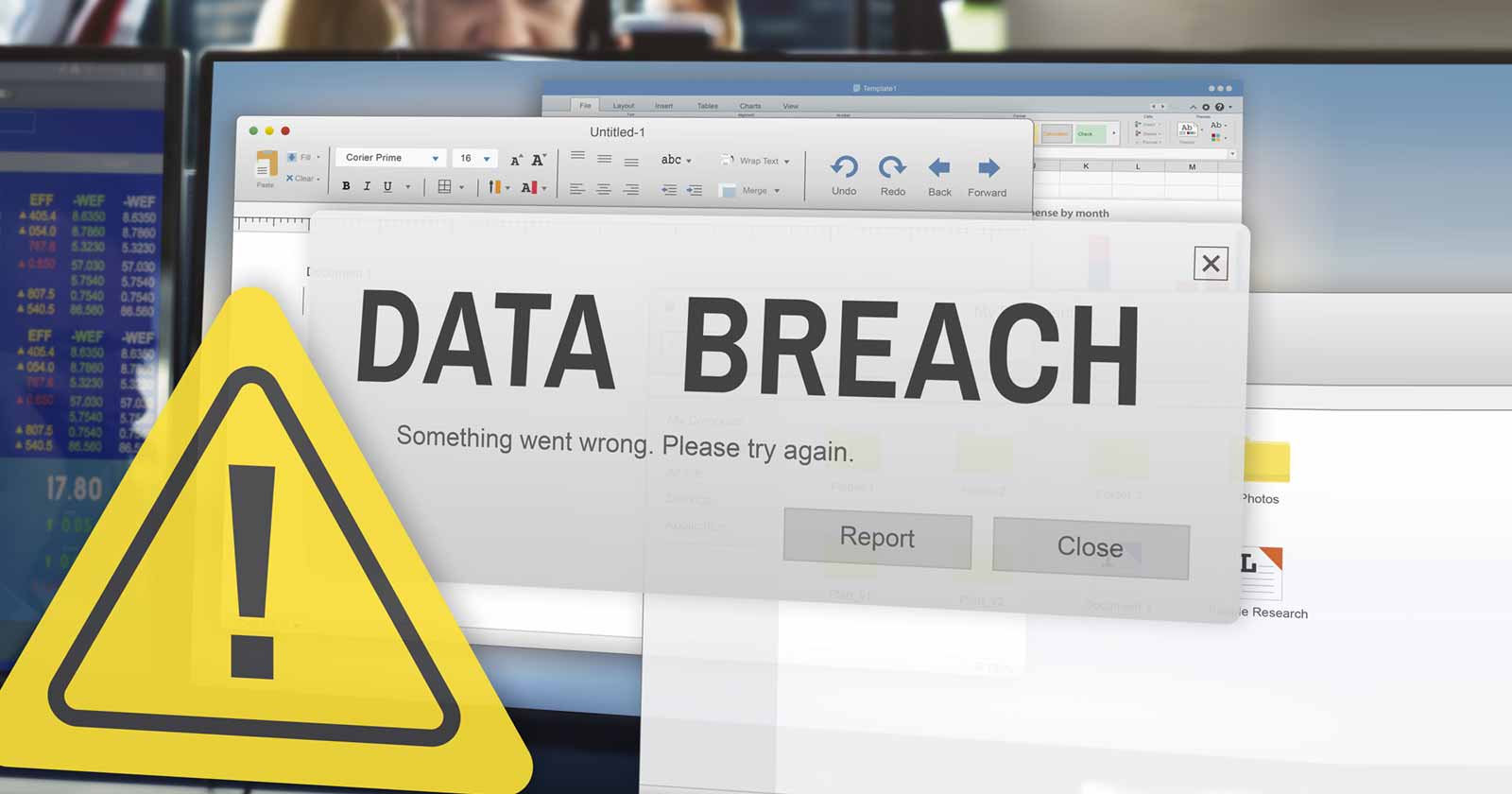Helping Retailers Maximize Profits This Holiday Season
The holiday season is the most lucrative time of the year for many retailers, with the National Retail Federation reporting that Americans are expected to have spent between $957 and $967 billion between November and December 2023. After a...

The holiday season is the most lucrative time of the year for many retailers, with the National Retail Federation reporting that Americans are expected to have spent between $957 and $967 billion between November and December 2023. After a bit of a slowdown during the pandemic and the years immediately following, holiday spending is finally returning to pre-pandemic levels, but how can retailers maximize their profits this holiday season?
The Importance of Data In Optimizing Retail Profitability Around the Holidays
For retailers, succeeding in the holiday season is not as easy as sitting back and watching the sales roll in. Although many consumers are ready to buy, retailers have to figure out how to find and approach these potential customers.
Data analytics can be an invaluable tool for retailers to track consumer behavior, monitor trends, and adjust inventory levels to fit demand. After all, there are no worse dampers on a potentially lucrative holiday season for retailers than overstocking or understocking situations.
A tried and true way of winning over consumers during the holiday season is through strategic promotions. Targeted and compelling promotions and discounts can attract customers to make a purchase and then encourage them to buy the rest of their list with you.
For example, if there is a popular video game system, a retailer can offer a discount, and then the consumer will be more likely to purchase a full-priced game to go along with it. Retailers would be wise to use data-driven insights to identify high-demand products and consumer preferences, as this will identify areas of opportunity for these promotions.
How Retailers Can Improve the Customer Experience this Holiday Season
Many retailers also focus on enhancing the customer experience by providing exceptional customer service. Knowing that many consumers are choosing to shop online these days, retailers should ensure that both their brick-and-mortar stores and online stores offer the best possible experience to their customers, as this can improve satisfaction, loyalty, and positive word-of-mouth.
One of the more covert ways consumers might notice they are being marketed to during the holiday season is by stores playing holiday music in the background. Studies have shown that playing Christmas music in a store environment can cause people to spend more money. As is the case with any method of marketing, music is used to influence a consumer’s mood. In this instance, retailers are trying to elicit festive feelings of joy and nostalgia to make shoppers feel a bit more sentimental and eager to spend.
Another powerful tool that businesses can use to enhance the customer experience this holiday season is experiential marketing. Perhaps the most well-known and iconic example of experiential marketing during the holiday season is allowing families to meet and take pictures with “Santa.” The department store Macy’s claims to have started the tradition of having an in-store St. Nicholas, first offering the experience in 1861.
On the surface, the practice of offering a “mall Santa” seems like an altruistic way of giving children something to smile about. However, it has the added benefit to the establishment — be it a store, mall, or other business — of getting people through the door. When it comes to families, as dad waits in line with the kids for them to meet Santa, mom can take care of the holiday shopping and buy their presents. In many ways, this is the epitome of experiential marketing; it gives consumers an experience that adds value while boosting their perception of the brand and attracting them to the premises for a potential sale.
Retailers should also consider using an omnichannel approach, seamlessly integrating online and offline channels to create the most convenient experience possible for the consumer. Some examples of great omnichannel methods include:
Curbside pickup: The most apparent benefit of curbside pickup is for customers, who never even have to get out of their car to make a purchase. Because of the increase in customer satisfaction, loyalty, and retention thanks to this more convenient shopping process, many retailers have found that this added service has improved sales. Some retailers also give customers the option to add additional purchases onto their order — like Target allowing customers to order drinks from Starbucks when they’re on the way to pick up their groceries — giving consumers an extra service.
Personalized online experience: Many brands have also begun to offer personalized shopping experiences to their online customers. From specialized recommendations powered by artificial intelligence to virtual “fitting rooms” backed by AR and VR technology, it is possible to add extra layers of service and convenience to the online shopping experience to make consumers feel more connected to the brand.
The holiday season can be a bountiful time for retailers if they figure out how to access the deep pockets of consumers who are willing and eager to spend money. By using data-driven insights, improving the customer experience, and offering a seamless in-person and online shopping experience, retailers can be on their way to reaping the maximum profits from their shoppers.

 MikeTyes
MikeTyes 
































![What Is Yoga? Meaning, Philosophy, History, and Benefits Explained [With Infographics]](https://fitsri.com/wp-content/uploads/2018/07/what-is-yoga-brief-info.jpg)